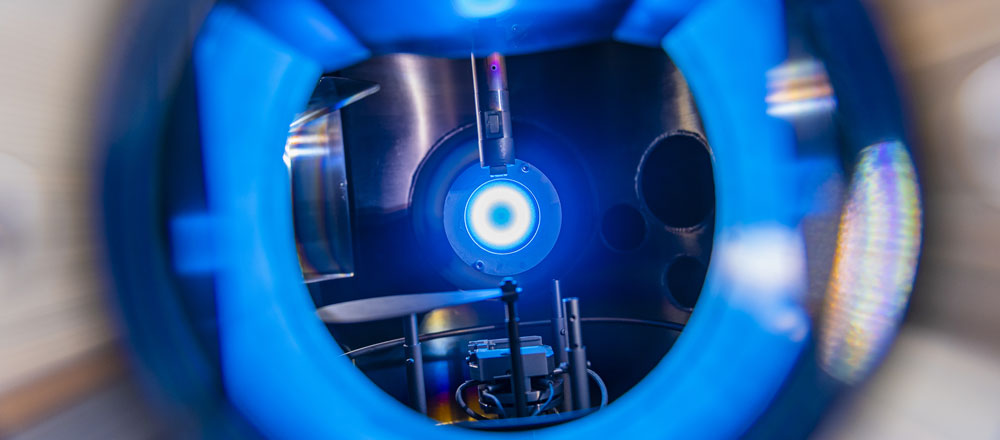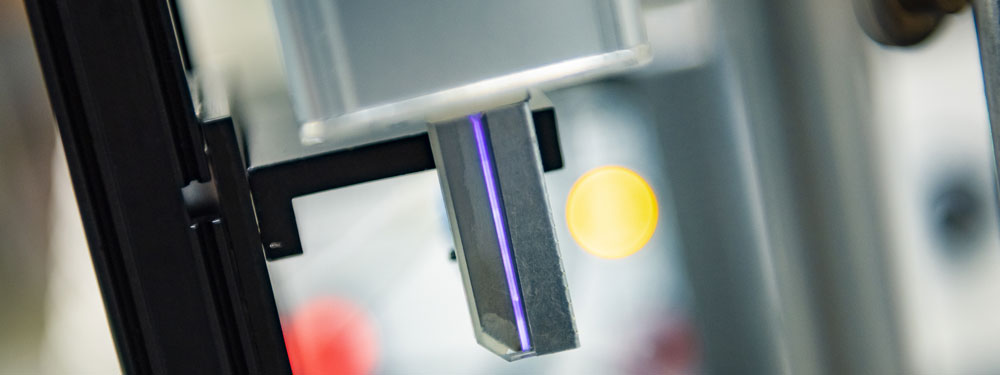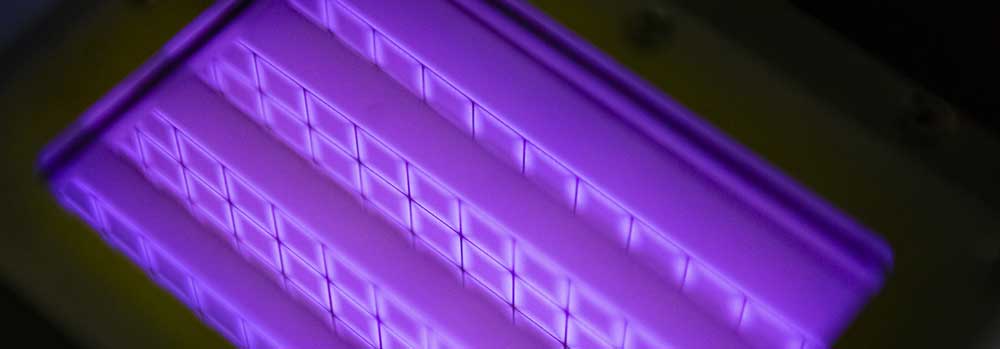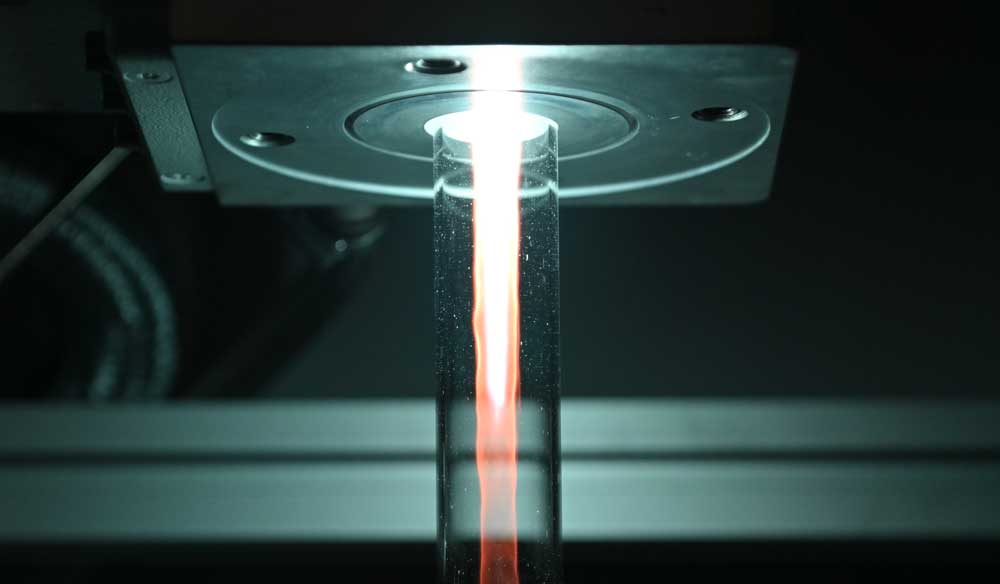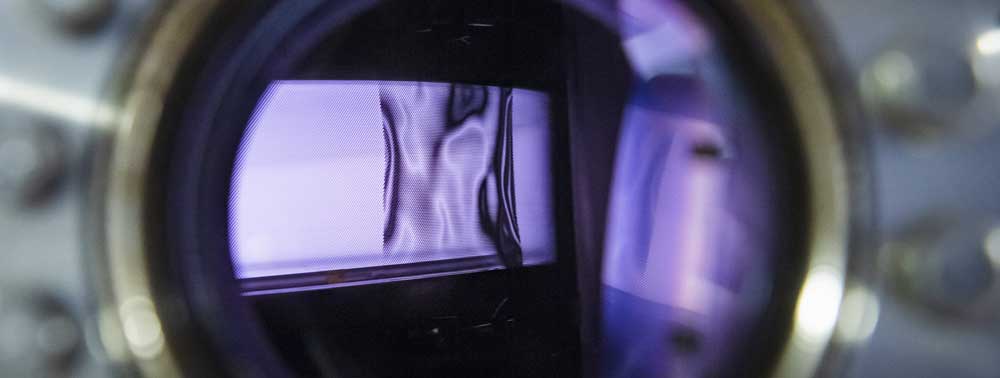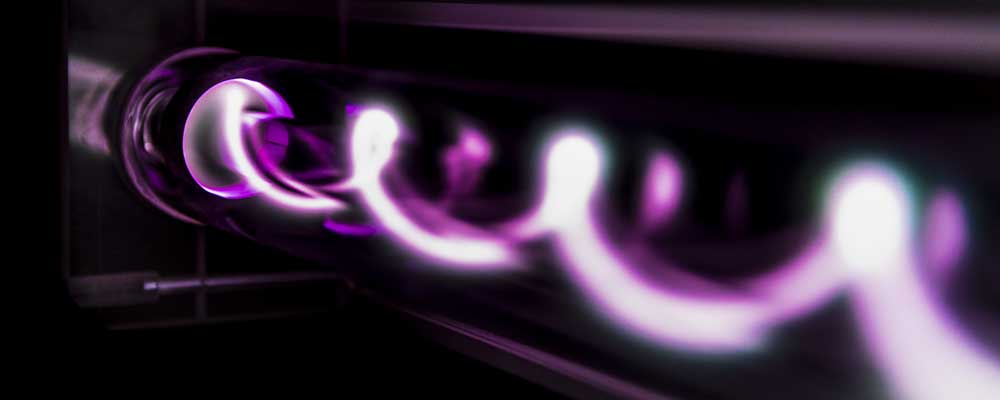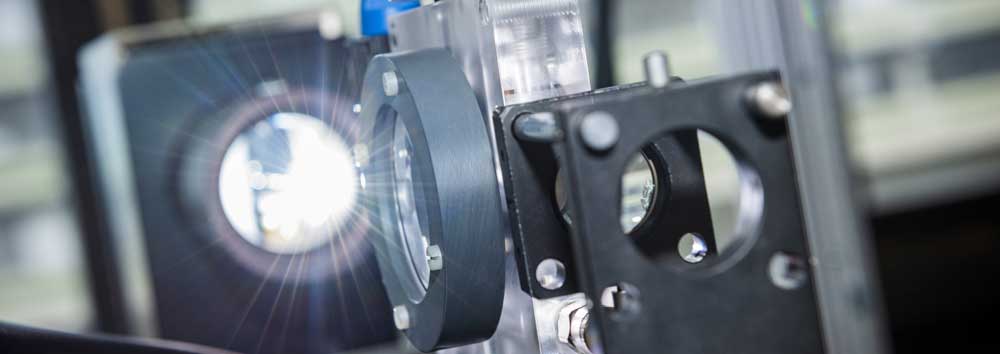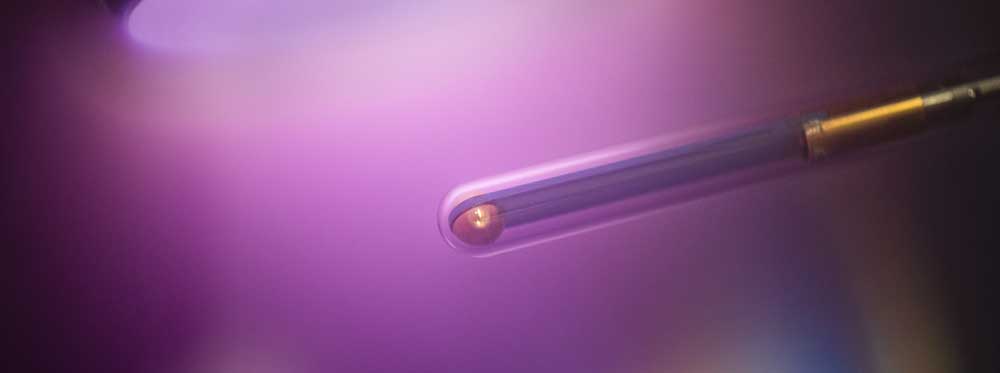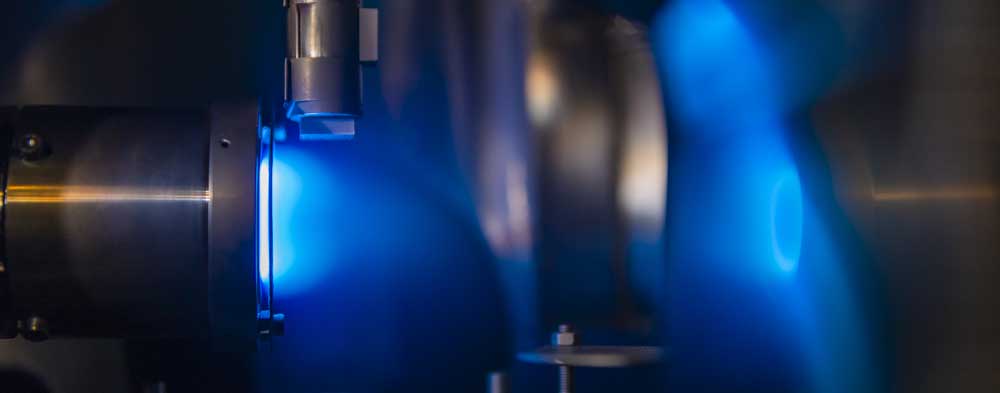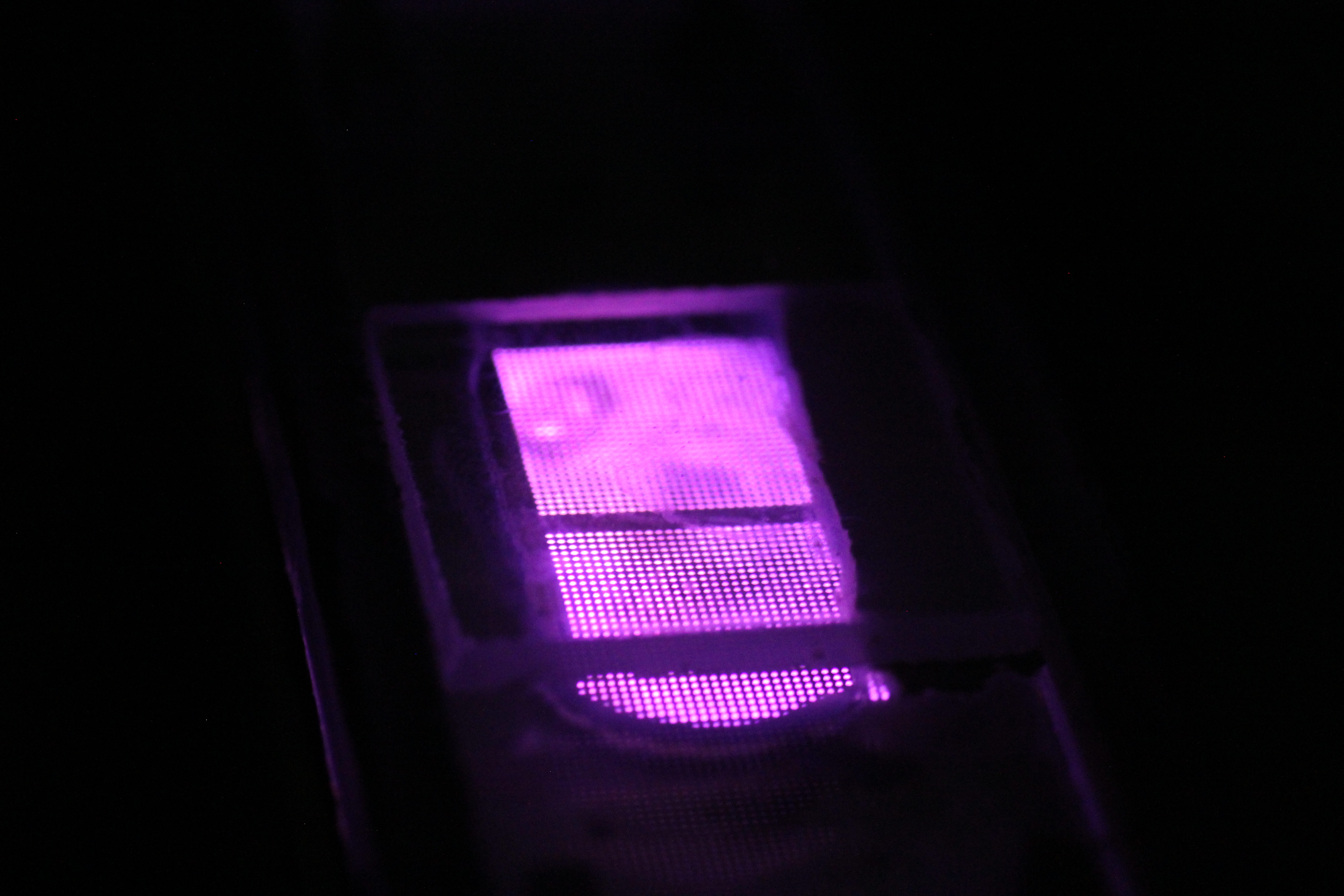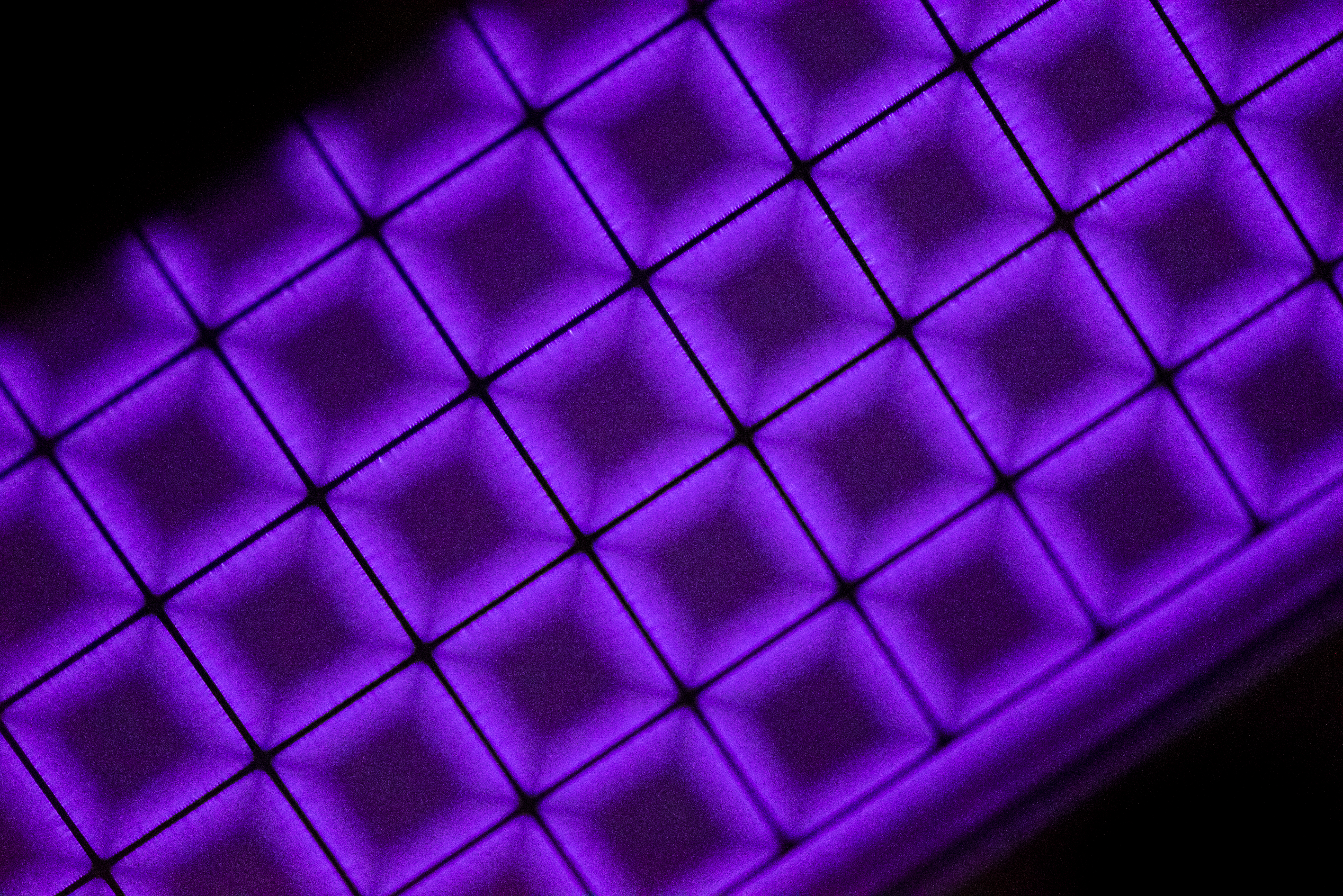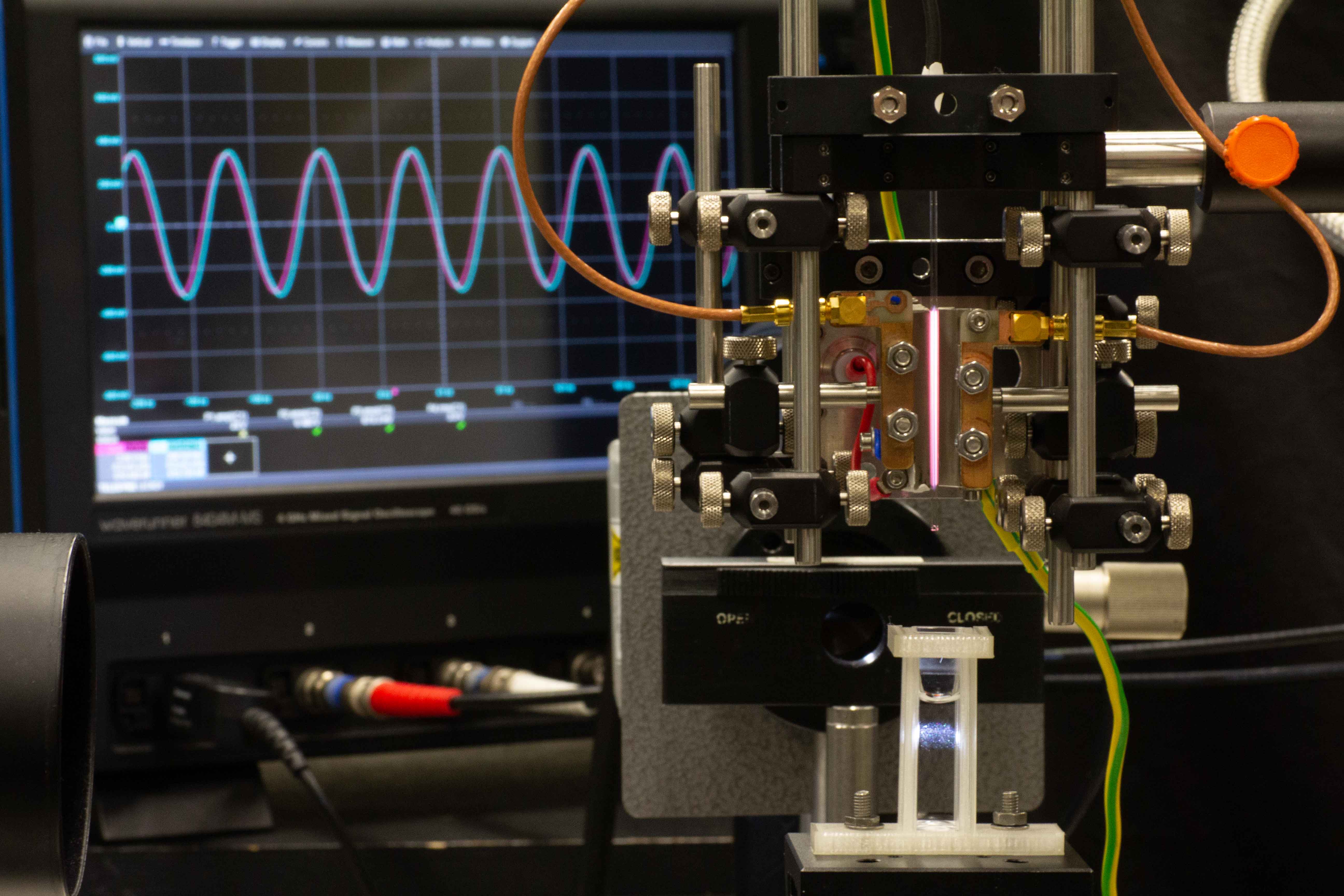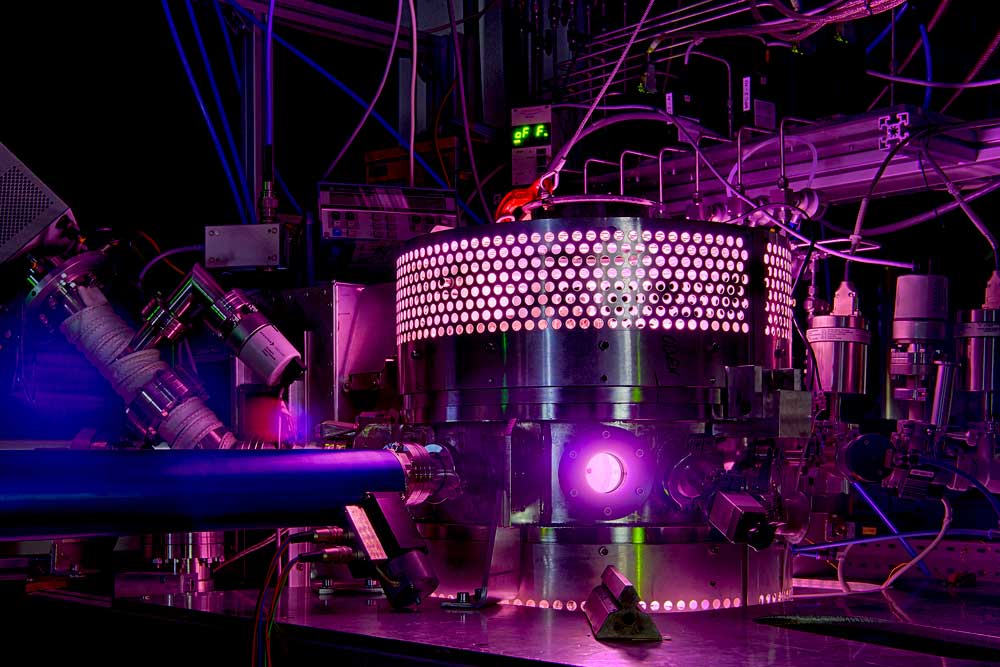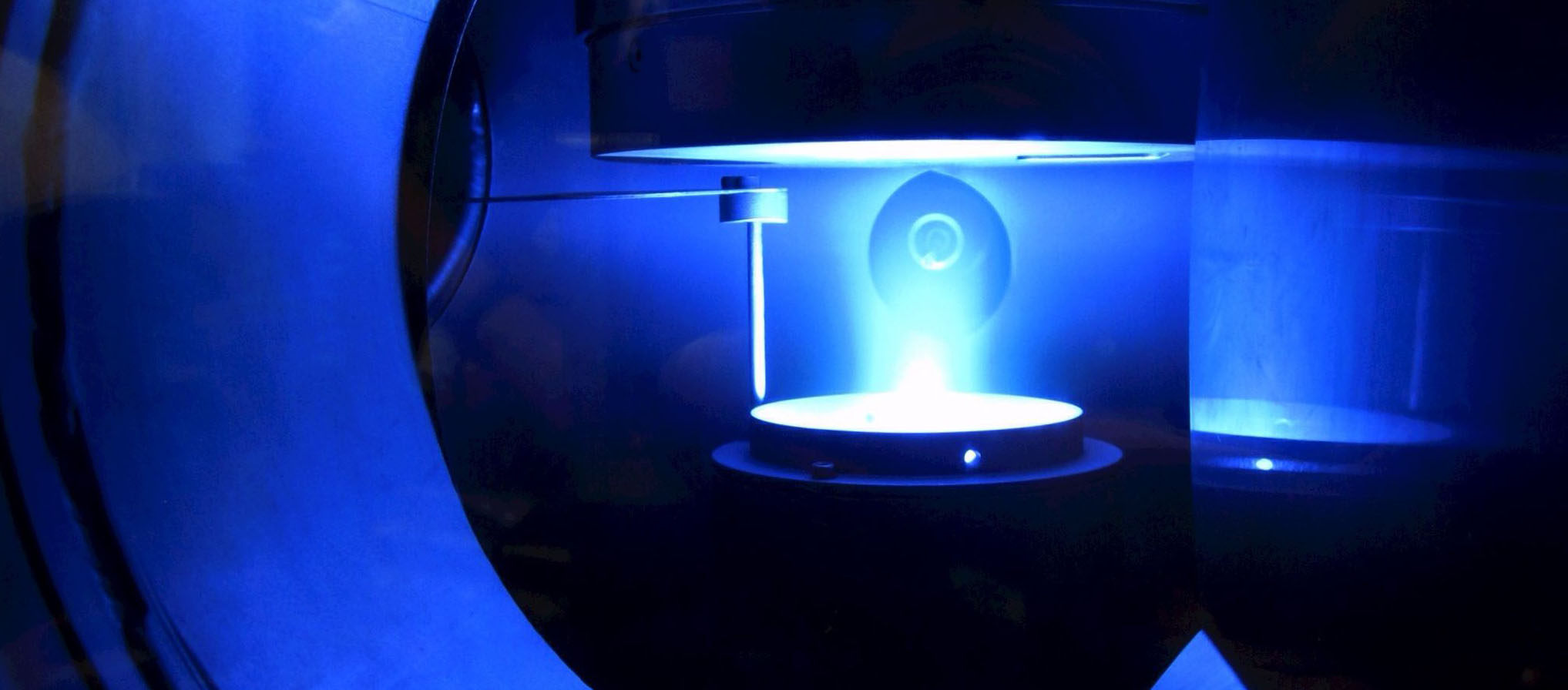Mission Statement
The Plasma Science Hub at Ruhr University Bochum is an internationally recognized center of excellence, uniting leading researchers from physics, chemistry, engineering, and related disciplines. Our mission is to advance the understanding, application, and societal impact of plasma science and engineering.
Our Goals:
- Interdisciplinary Collaboration: Strengthen collaboration across disciplines, connecting expertise and promoting knowledge and technology transfer within the plasma science community.
- Research Excellence: Support coordinated research initiatives and provide shared facilities to accelerate scientific discovery.
- Education and Training: Enable early-career researchers through mentoring, leadership opportunities, and dedicated funding.
- Partnerships: Build strong partnerships with academic, industrial, and public-sector stakeholders to foster innovation and translate research into practical solutions.
- Societal Impact: Address global challenges through plasma technology applications in environmental remediation, sustainable manufacturing, and biotechnological innovation.
Our Vision:
The Plasma Science Hub aims to be a recognized leader in plasma science and engineering, known for its interdisciplinary collaborations, state-of-the-art facilities, and impactful research. Over the next five years, we will:
- Launch new large-scale collaborative research projects.
- Expand strategic partnerships within and beyond RUB.
- Integrate Early Career Researchers into leadership roles.
- Develop an international English-taught Master’s program in Plasma Science.
- Strengthen knowledge transfer pipelines to address pressing global needs.
Strategic Research Focus Areas
The work of the Plasma Science Hub is guided by key research priorities that combine fundamental plasma physics with targeted application domains. These focus areas build on RUB’s existing strengths while opening new directions for interdisciplinary collaboration:
- Fundamental Plasma Research: Understanding the interaction of plasmas with surrounding media and boundaries, including plasma transport relevant to cosmic radiation, is something that can only be done at RUB via the combination of laboratory and theoretical plasma (astro)physics.
- Plasma Astrophysics: The combination of fundamental plasma physics with astrophysical applications makes RUB a unique location to understand processes connected to particle acceleration and diffusive transport in the Universe.
- Space weather-oriented modeling: deliver computationally fast and physically accurate models of the effects of solar activity on human technology both on Earth and in space, for damage mitigation purposes.
- Plasma Catalysis and Energy Conversion: Plasma-assisted catalysis, plasma-supported electrolysis, and biocatalysis for converting renewable energy into chemical energy.
- Advanced Materials Synthesis: Plasma-based material synthesis using high-performance pulsed plasmas.
- Micro- and Nanostructuring: Plasma etching and microstructuring for semiconductor and materials applications.
- Plasma Biotechnology: Investigating plasma–biomolecule and plasma–cell interactions to develop novel biotechnological processes and tools, with applications in areas such as biofabrication, sterilization, and biosensing.
Our Impact:
The Plasma Science Hub generates impact across multiple dimensions, from advancing fundamental knowledge in plasma physics to fostering cross-disciplinary research. Our activities contribute to scientific networks, create opportunities for young researchers, and address global scientific and societal challenges.
